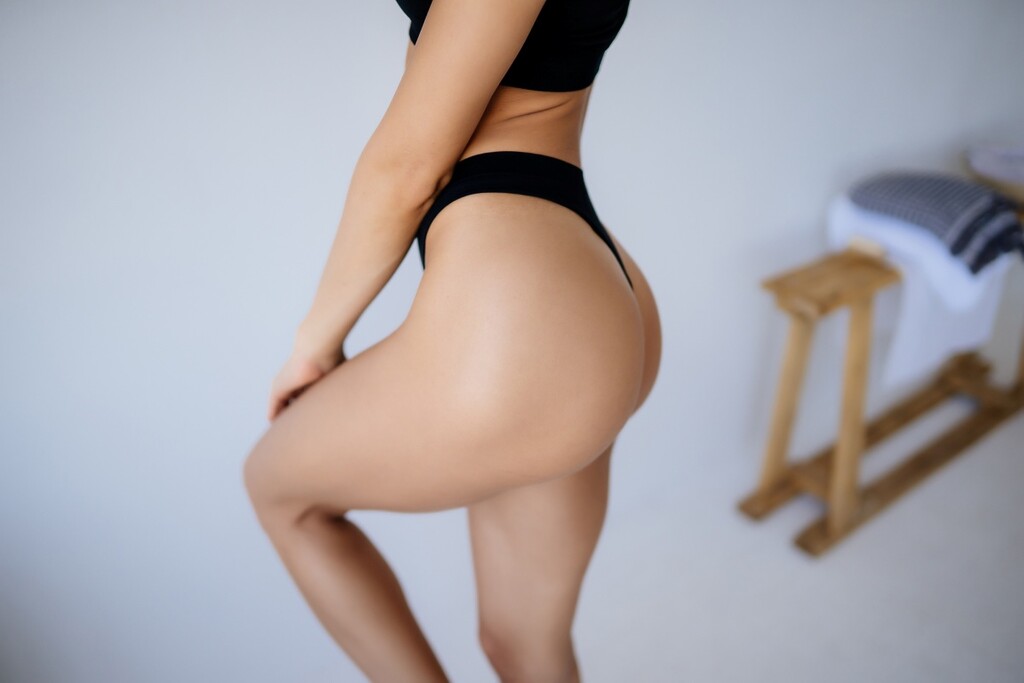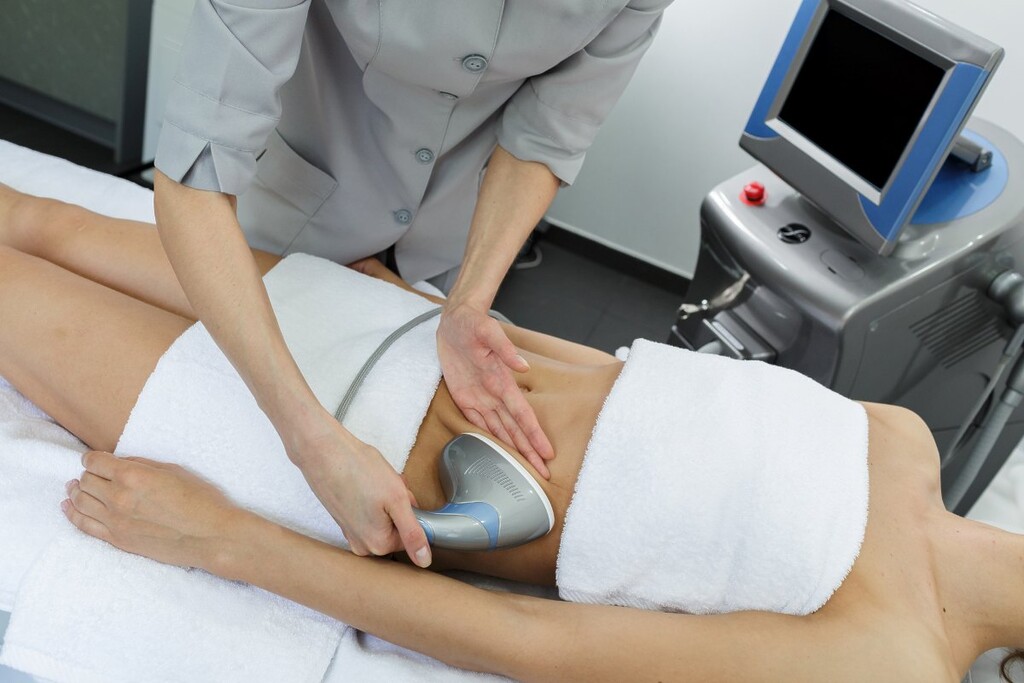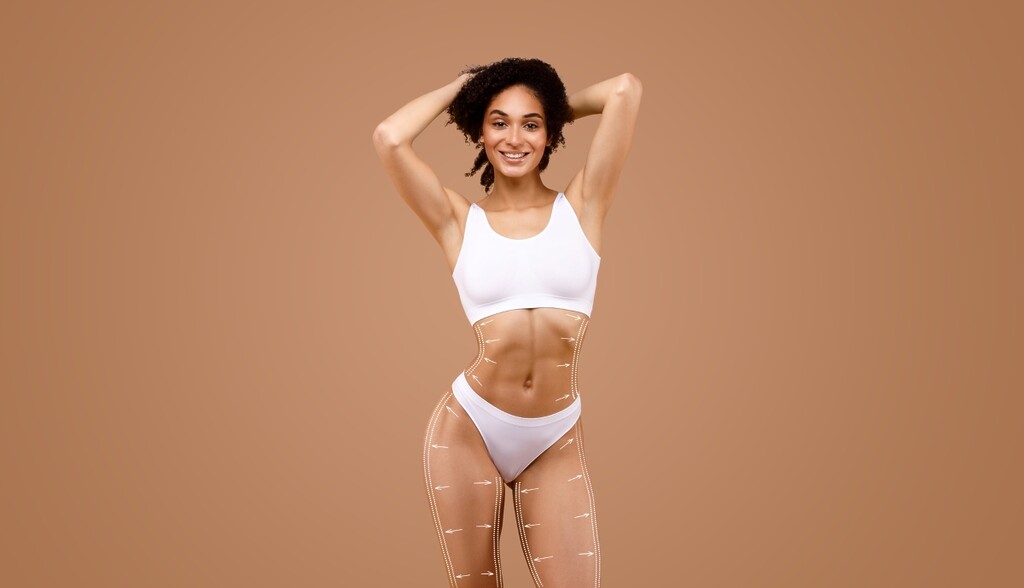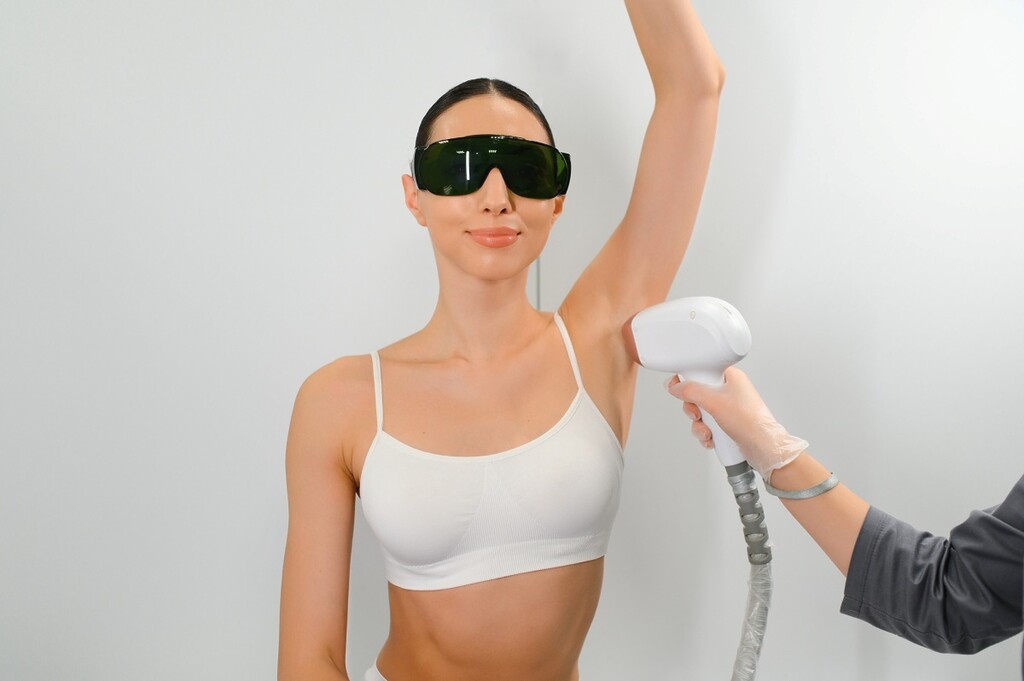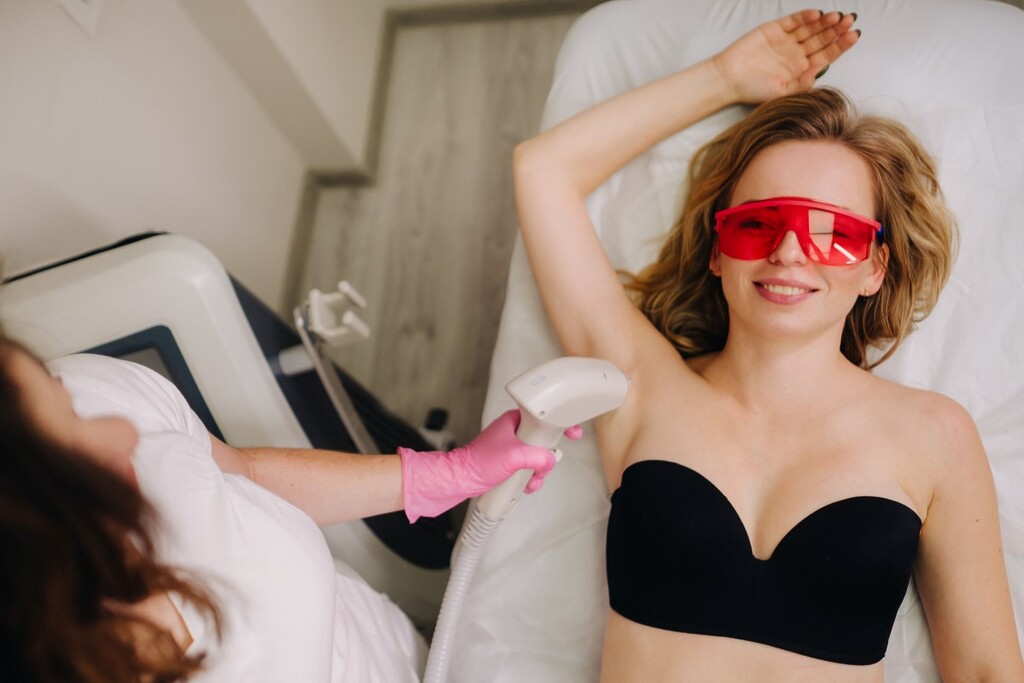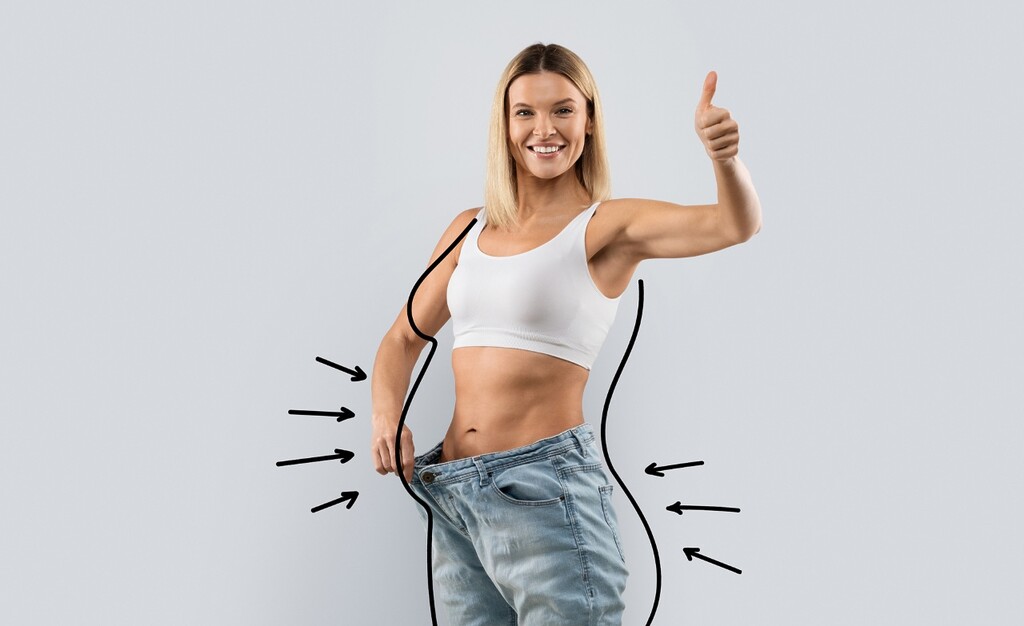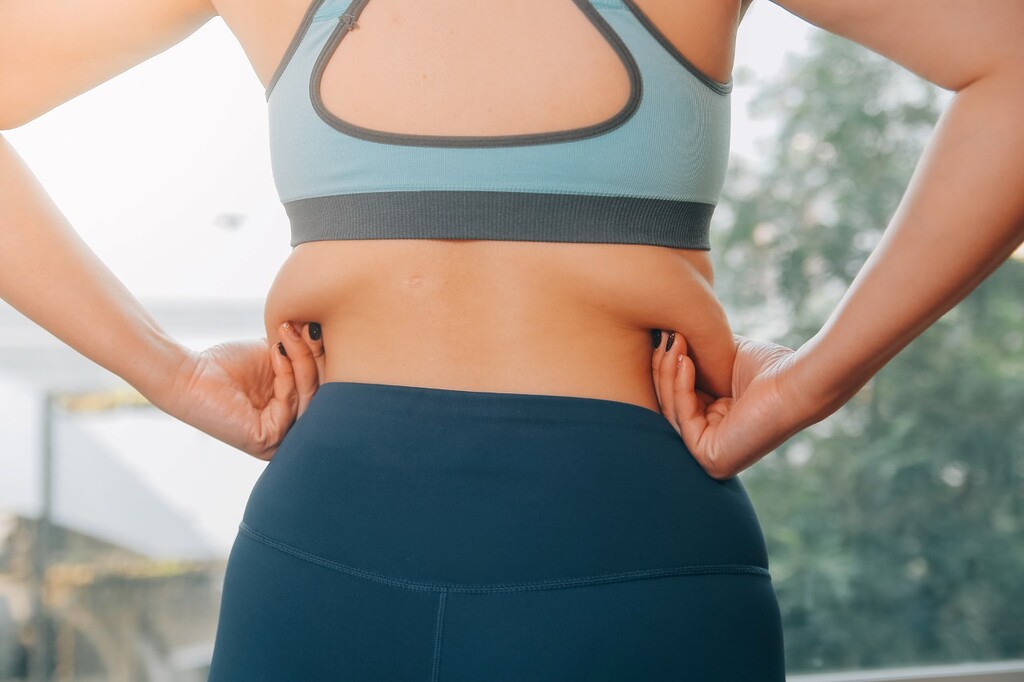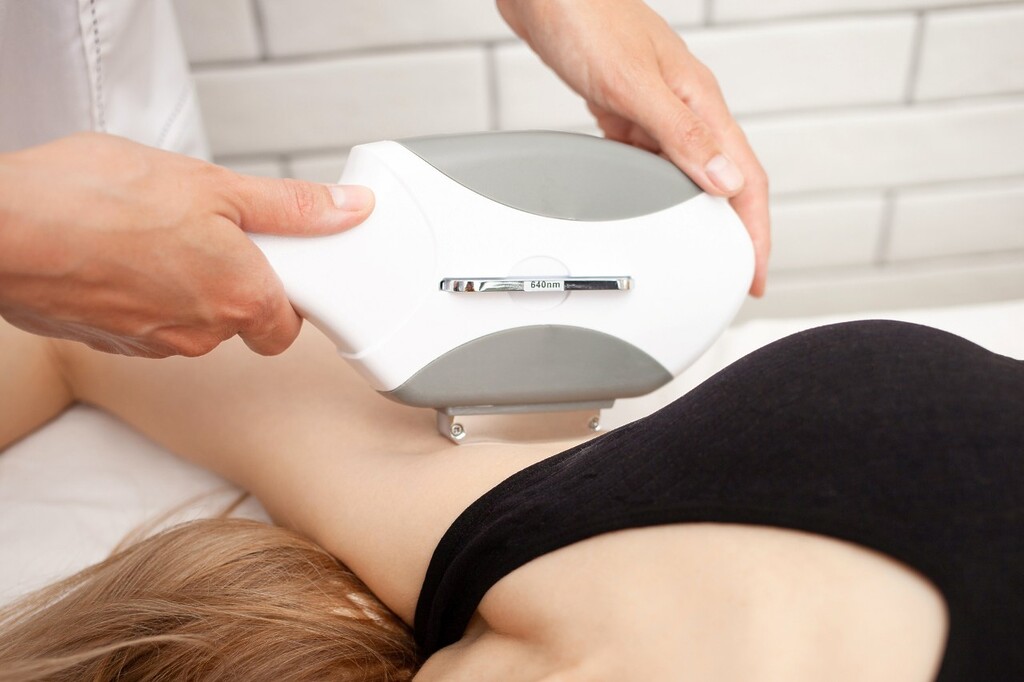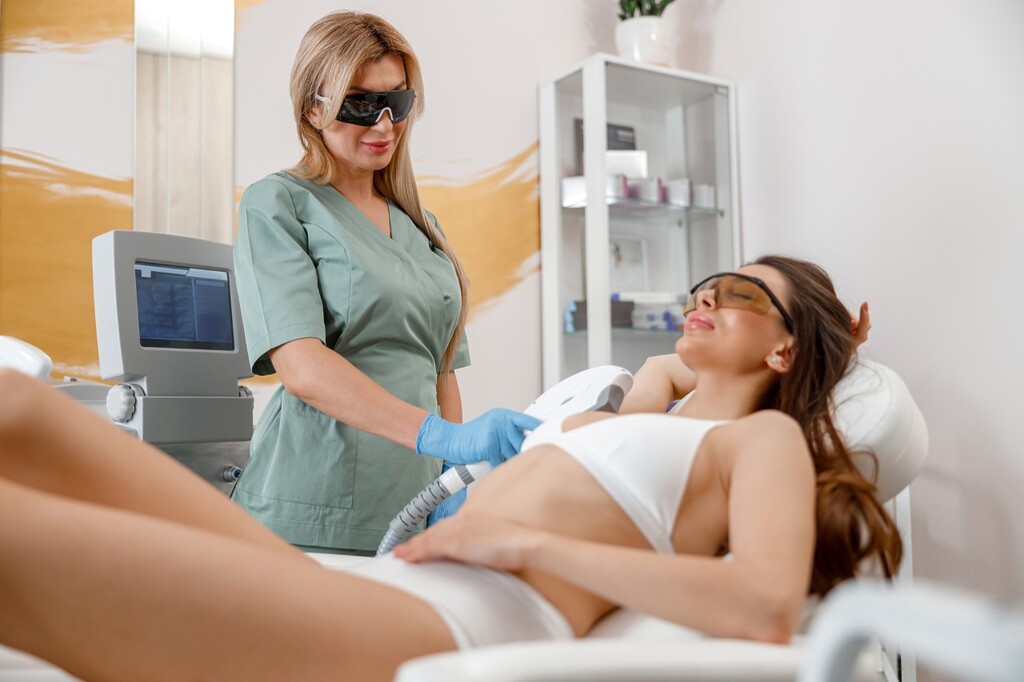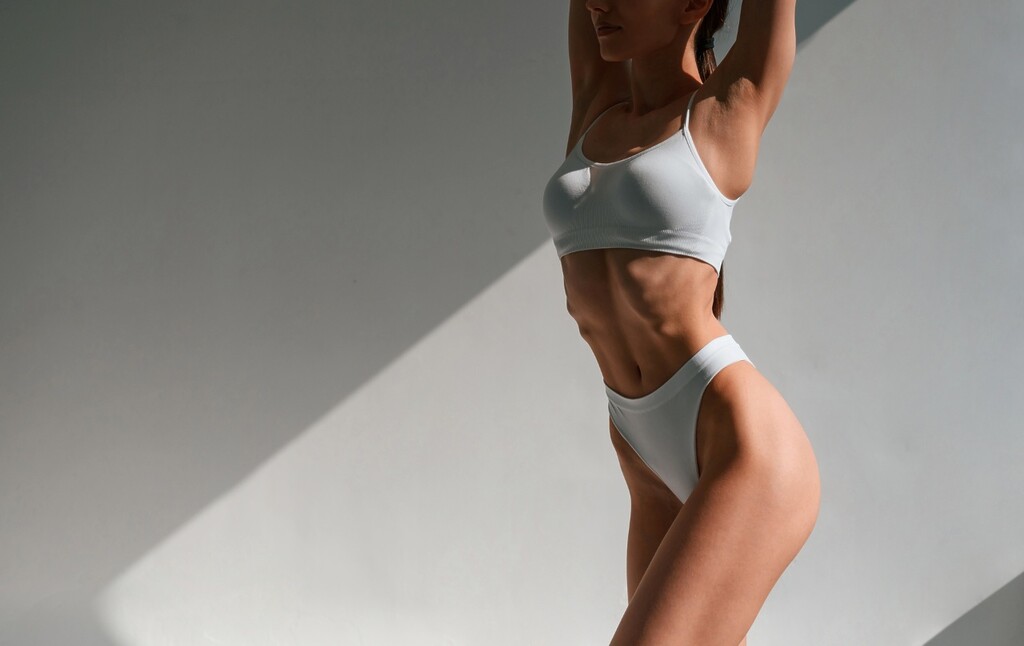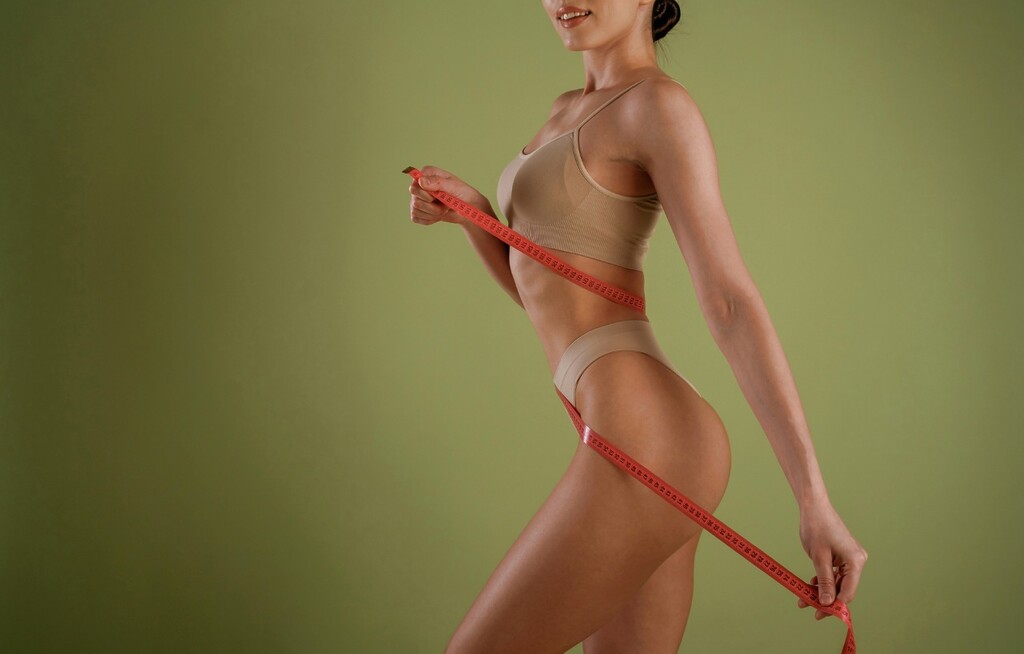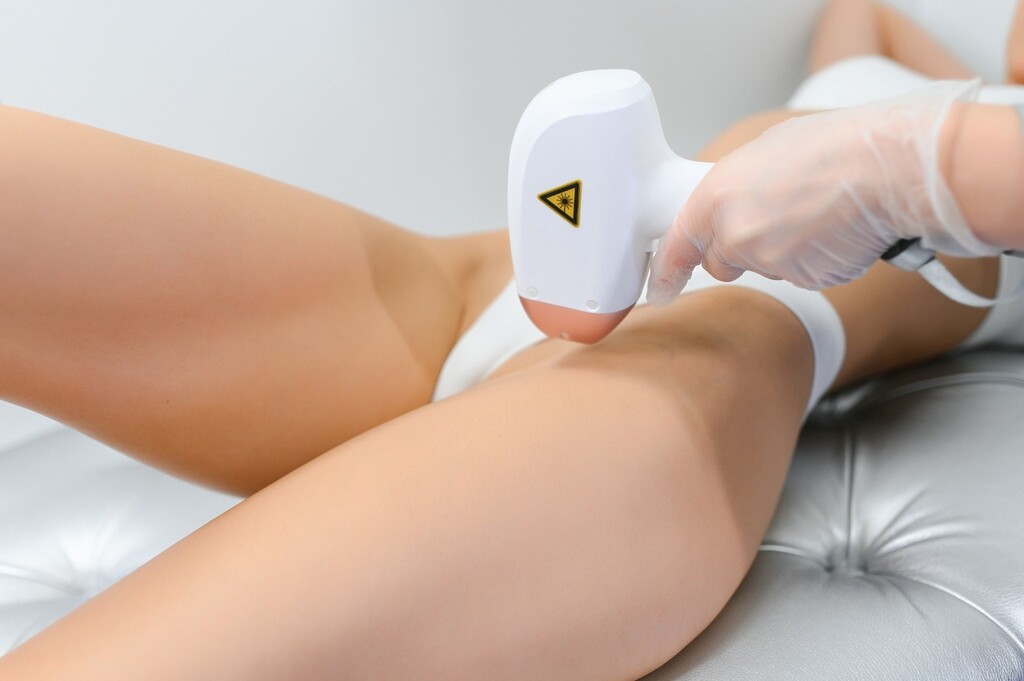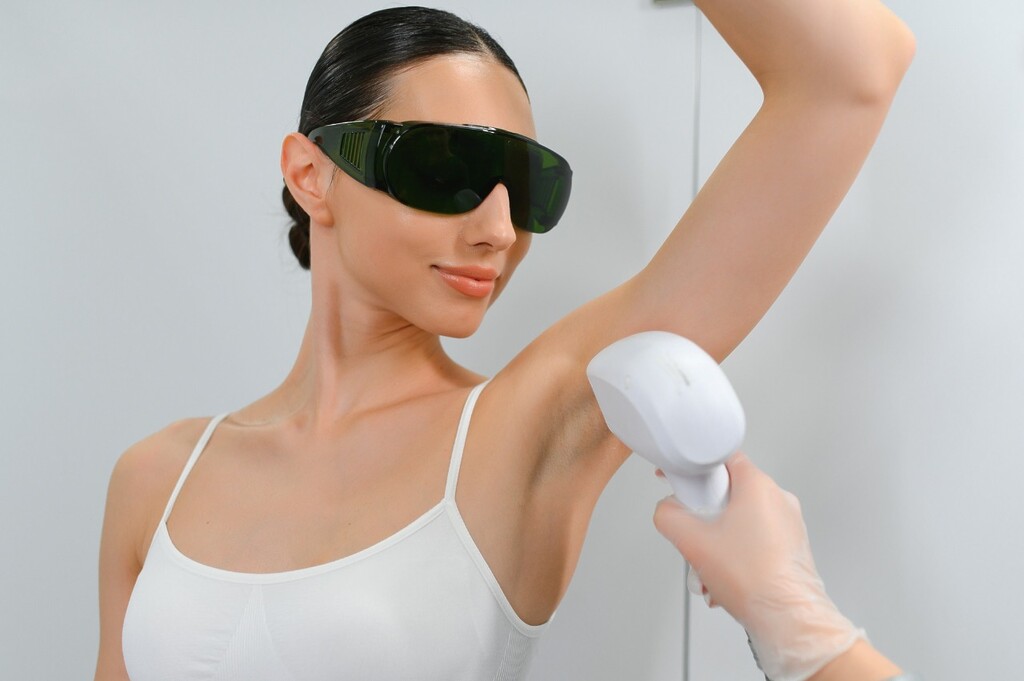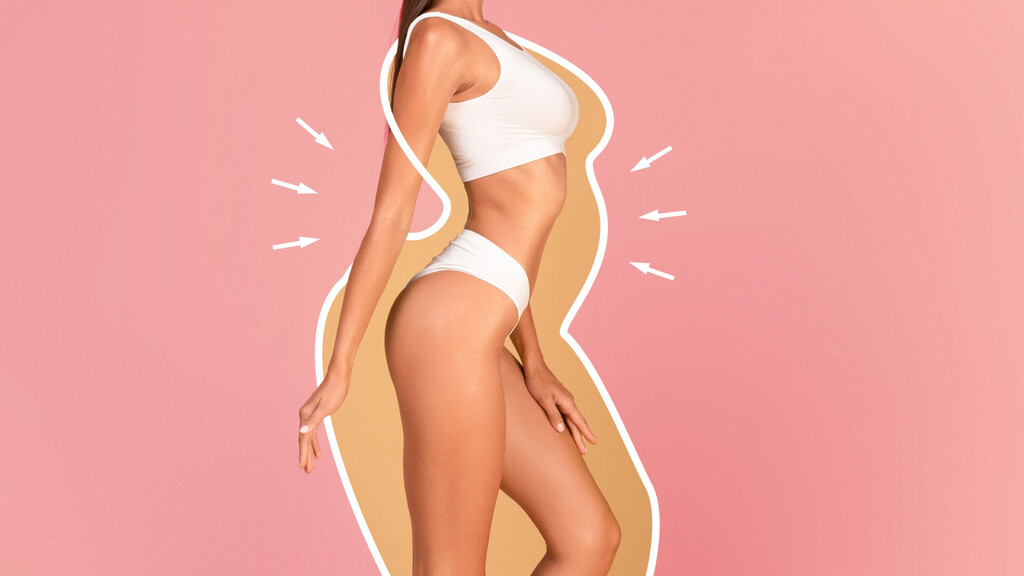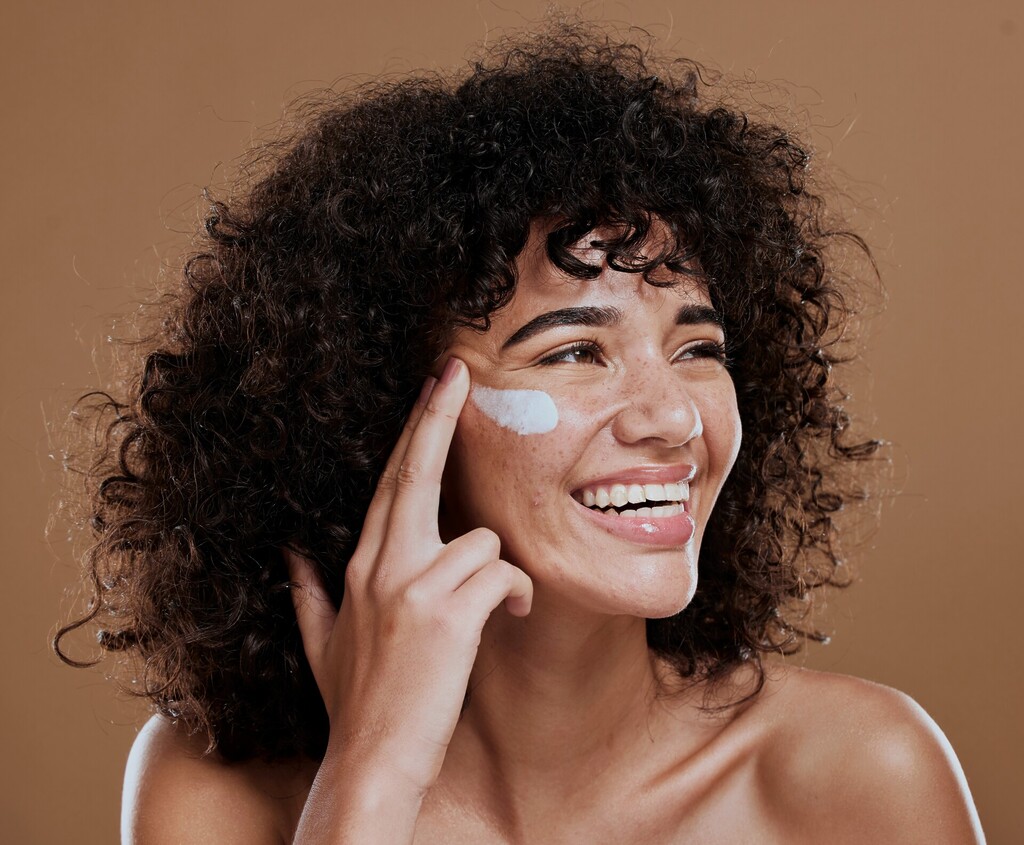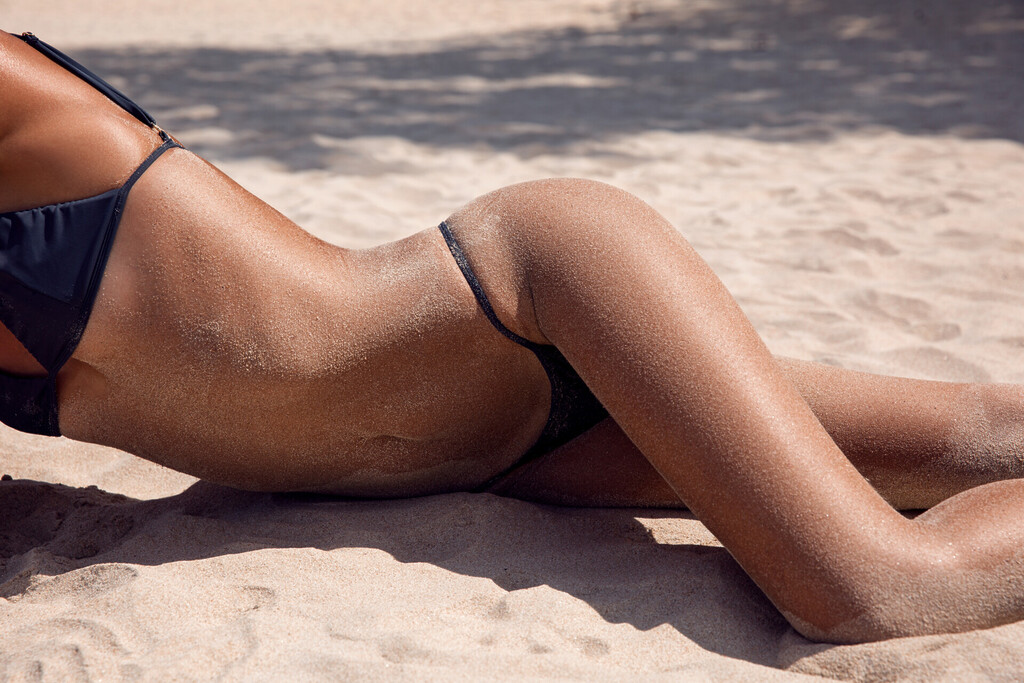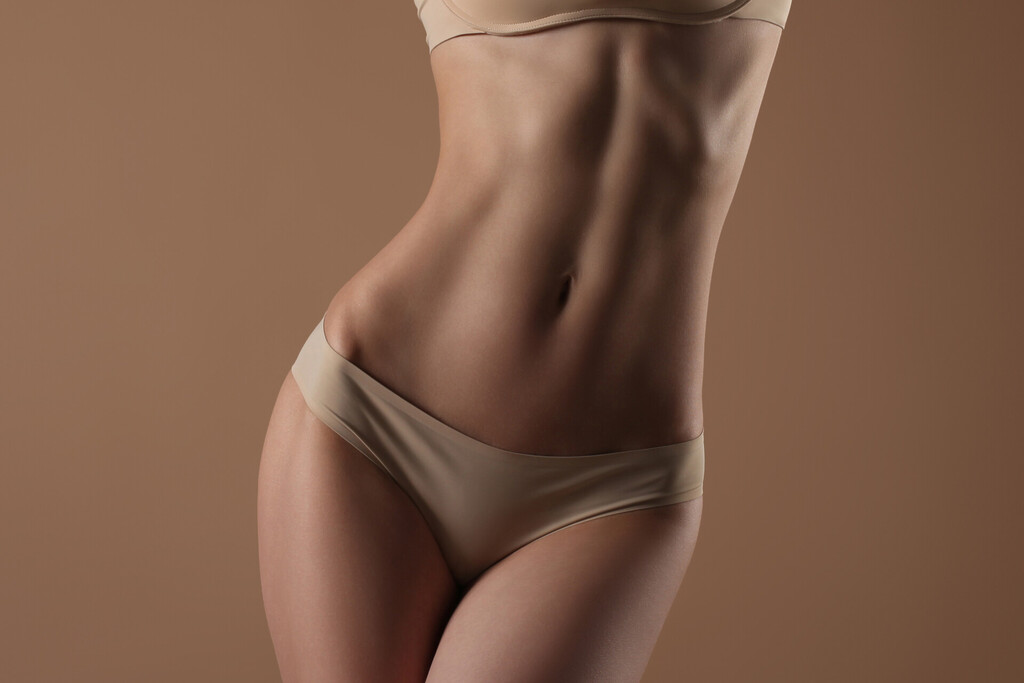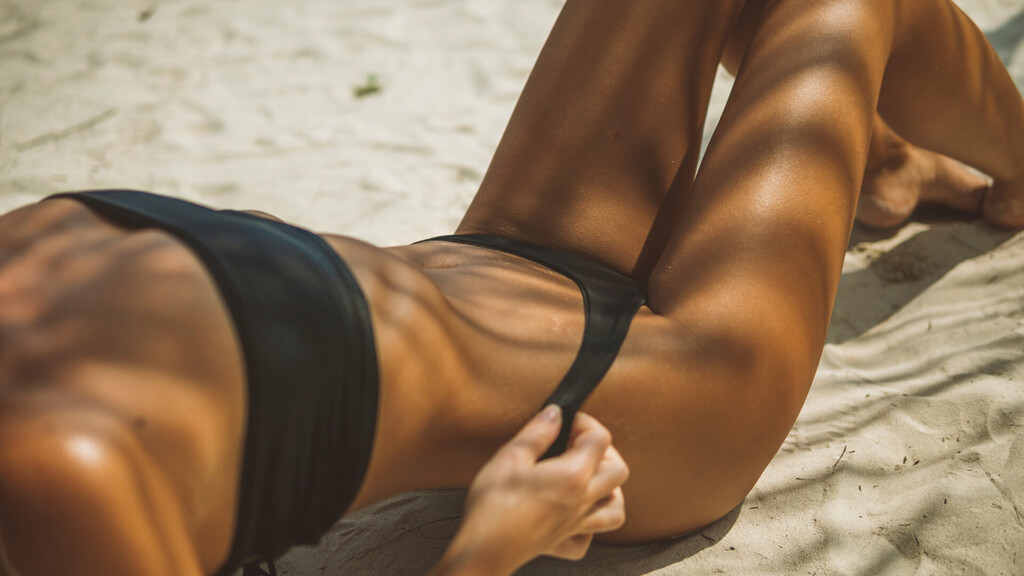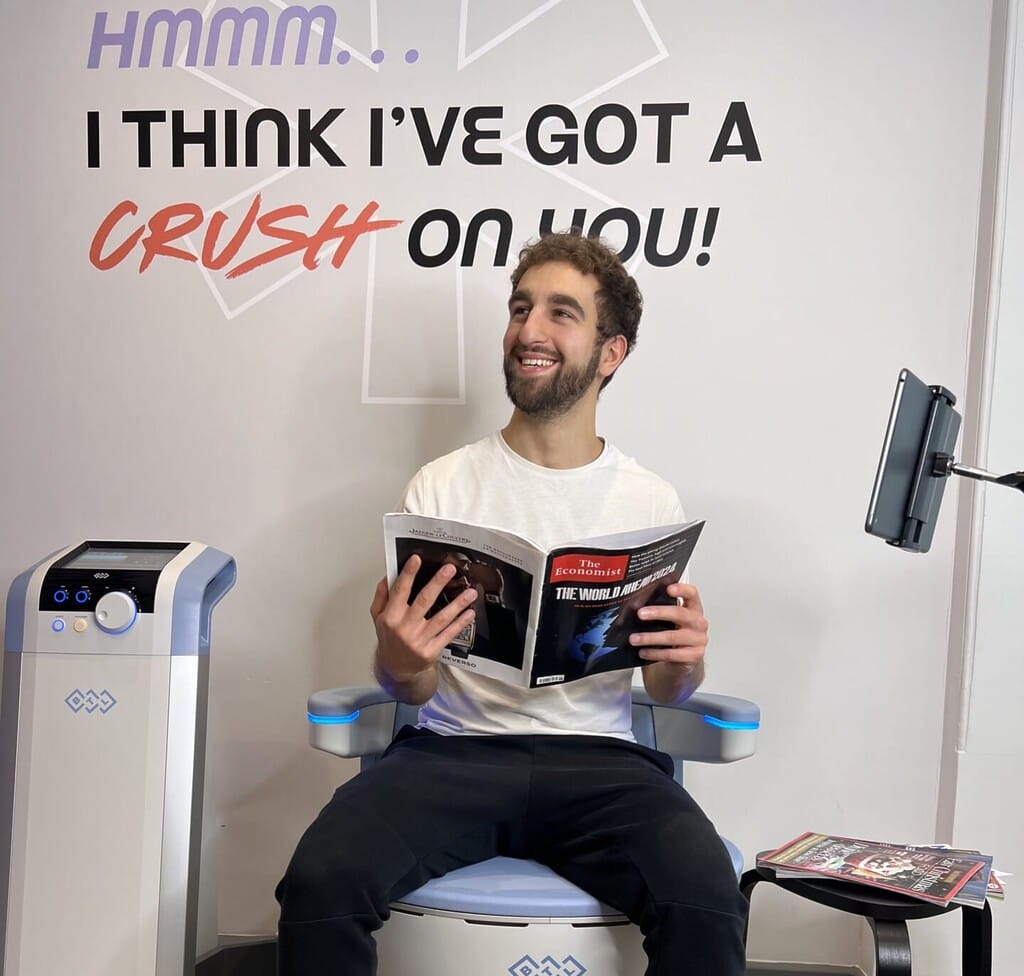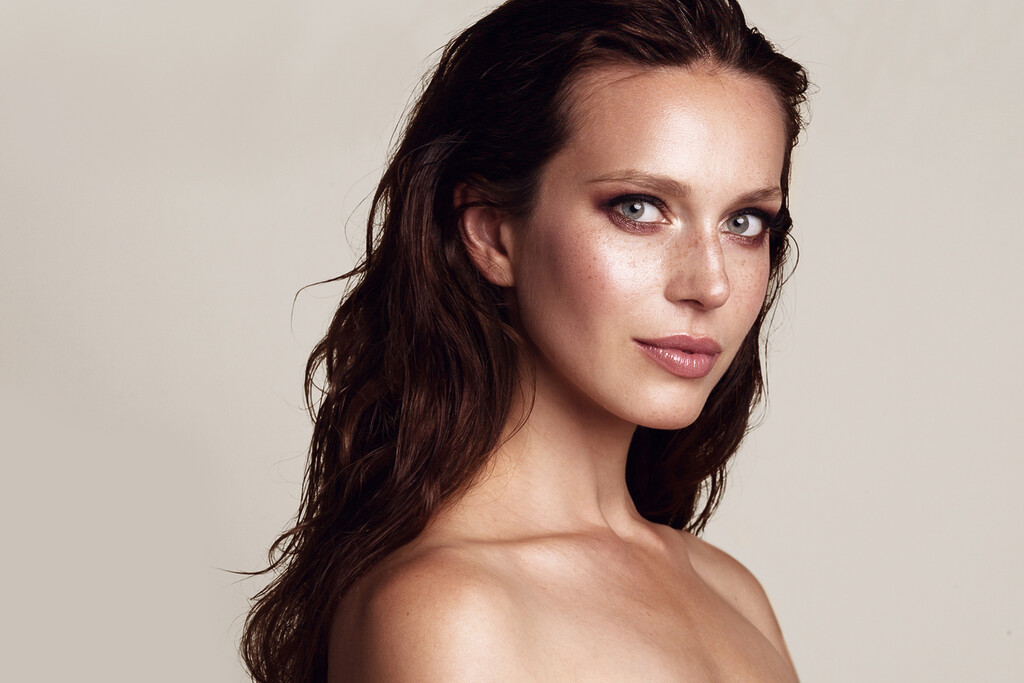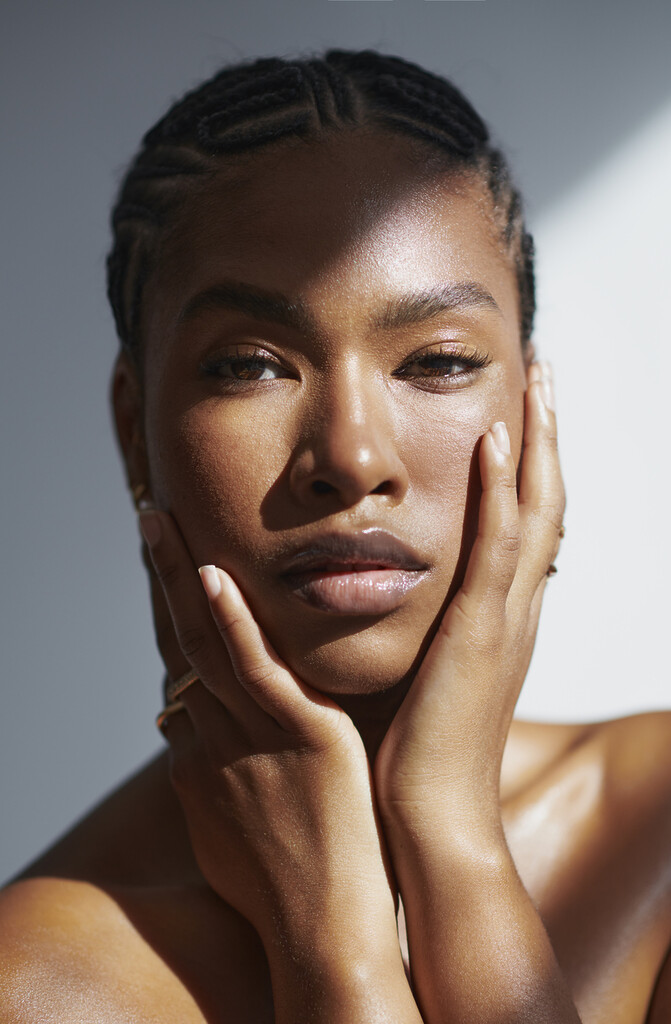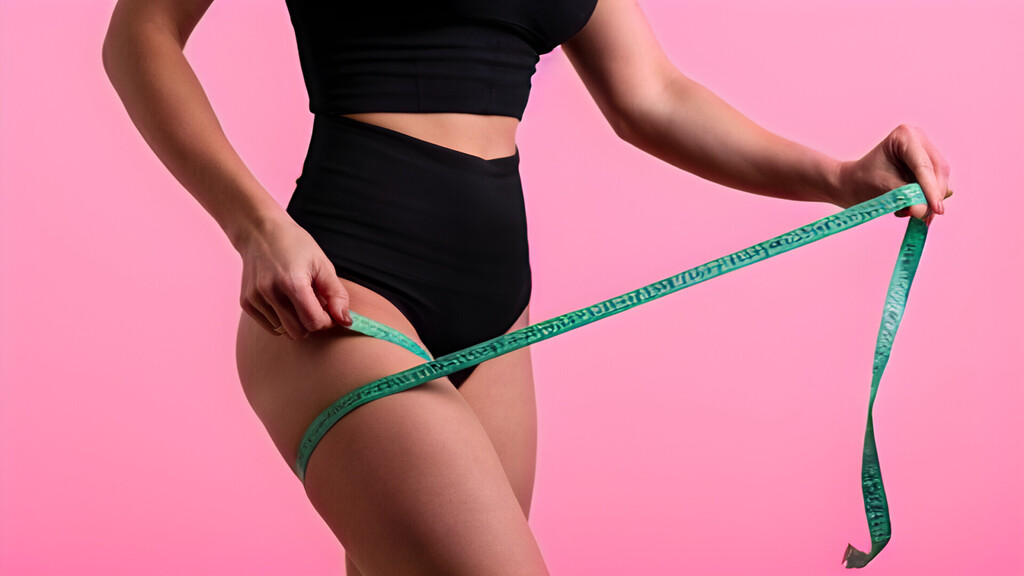Recovering from a body sculpting session is one of those moments where you might think the hard work is over – after all, you’ve just finished the treatment, and that deserves a sigh of relief. But the truth is, the real results depend heavily on what you do next. Aftercare, as dull as the word sounds, can either make or break your outcome. So let’s get into it, slowly and with a bit of curiosity, because what happens in the days (and even weeks) after your session really matters.
Why Aftercare Matters More Than You Think
We sometimes forget that body sculpting – no matter how advanced the technology – is still asking the body to change, adapt, and heal. That process isn’t instant. In fact, we think it’s fair to say that your body is doing just as much work post-session as the machine or professional did during it.
If you skip the basics of recovery, swelling could linger, results might soften instead of sharpen, and your comfort level will nosedive. On the other hand, those who treat recovery as part of the process (not just an afterthought) tend to see smoother, more satisfying results. It’s like watering a plant after repotting – it seems obvious, but you’d be surprised how often people forget.
What You Should Do Right After Your Session
The list of “dos” is longer than the “don’ts” – which is good news, because it means there’s plenty you can do to support your body. Some of it will sound obvious, other bits less so.
Hydrate Generously
Your body is busy flushing out waste products, particularly if you’ve undergone treatments like cryolipolysis or radiofrequency sculpting. Drinking water helps clear things out and supports your lymphatic system. Aim for steady sips throughout the day rather than chugging litres at once (that rarely ends well).
Keep Moving – Gently
Light activity is recommended, not the sort of punishing workout you might feel tempted to do. A walk around the neighbourhood is perfect. It boosts circulation without straining treated areas. Think of it as helping your body “circulate the good stuff” without demanding too much.
Wear Compression Garments If Advised
Not everyone enjoys them, but compression garments are often suggested for a reason. They can reduce swelling, help tissues settle, and generally speed up the smoothing process. They’re not glamorous – we know – but they’re practical.
And yes, they can be mildly uncomfortable, but that discomfort is usually temporary compared to the benefits.
Nourish, Don’t Punish
Eating well after your session isn’t about restriction, but about giving your body what it needs to recover. Nutrient-rich meals with plenty of protein, colourful vegetables, and healthy fats can make a surprising difference. A body trying to repair itself will thank you for every bite of whole, balanced food. (And no, this isn’t the time to experiment with a crash diet.)
The Things You Should Absolutely Avoid
Now for the don’ts. These aren’t scare tactics – they’re gentle but firm reminders of behaviours that will get in the way of your recovery. Some will feel obvious, but others might catch you off guard.
Don’t Overdo Exercise
One of the biggest mistakes people make is rushing back into strenuous workouts. Your muscles and tissues are tender and adjusting. High-intensity training too soon can increase swelling or even slow down your results. We’re not saying you need to stay glued to the sofa – just wait until your provider gives you the go-ahead for anything more demanding than light activity.
Avoid Alcohol and Excess Caffeine (For a Bit)
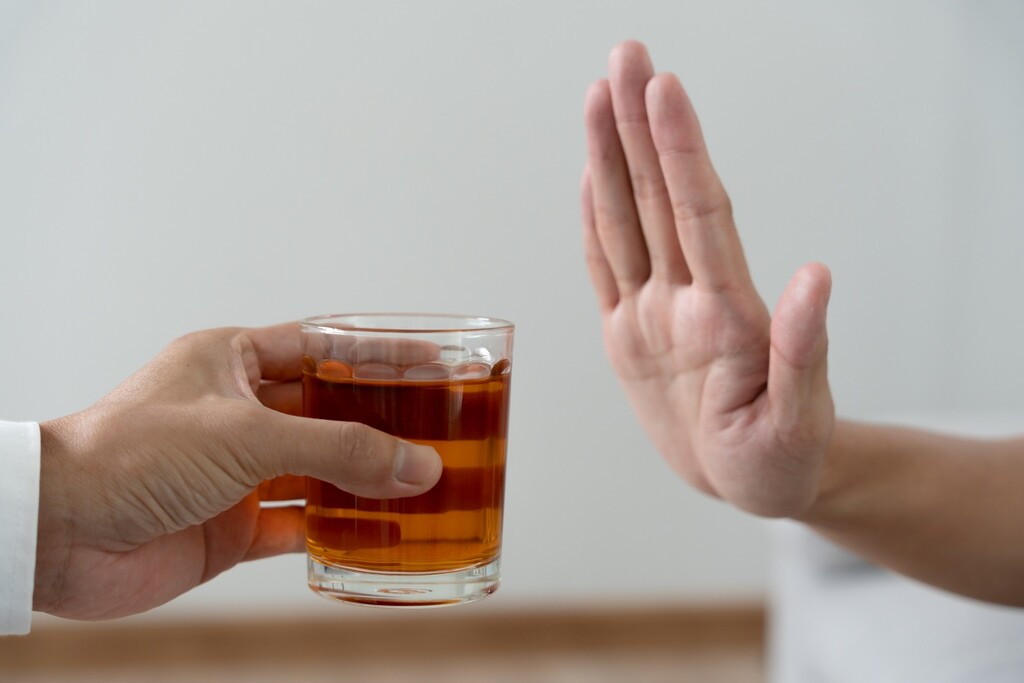
This one gets an eye-roll sometimes, but hear us out. Alcohol and caffeine can dehydrate the body, which isn’t ideal when your system needs hydration to heal effectively. A glass of wine a week later won’t ruin everything, but skipping the celebratory cocktail right after your session is wise.
Skip the Sauna (For Now)
Heat exposure, whether from saunas, hot baths, or even intense sun, can worsen swelling and discomfort. It feels counterintuitive, but your body needs a bit of calm and coolness post-sculpting. Save the spa day for later – it’ll feel even better when you’re fully healed.
Don’t Ignore Red Flags
We all have a tendency to brush off unusual symptoms – bruising, prolonged swelling, or sharp pain. But if something feels off, speak up. Contact your provider. It’s better to ask a “silly” question than to let a genuine issue slide. Think of it as part of being proactive, not paranoid.
Supporting Long-Term Results
This is the part we often forget: aftercare isn’t just about a few days of caution. It’s about setting yourself up for lasting results. Treatments can tone and tighten, but they can’t replace consistent healthy habits.
Exercise Becomes Your Partner, Not Your Enemy
Once the initial healing period passes, regular exercise will help maintain the definition you’ve gained. Strength training and steady cardio both play a role in supporting a toned appearance. The trick is balance – you don’t need to live at the gym, but moving regularly keeps results from fading.
Diet Really Does Matter
We know, we know – diet advice can sound like white noise. But here, it’s practical. A body sculpting session can help refine your shape, but without balanced nutrition, it’s easy for results to soften over time. This doesn’t mean banning your favourite foods, just being mindful. A diet that’s mostly whole and nourishing supports the investment you’ve just made.
Regular Check-Ins
Some people see body sculpting as a one-and-done, but others benefit from periodic sessions. We’re not saying you need to keep booking endlessly – just that checking in with your provider after a few months can help you understand what maintenance (if any) makes sense for you.
Linking Back to the Basics
If you want to dive deeper into the fundamentals before your next session – or even before your first – it’s worth revisiting our blog on everything you need to know about body sculpting, where we explain why aftercare matters so much and why it’s not about vanity, but about supporting your body’s natural processes.
Balance Is the Real Secret
So what’s the takeaway? Aftercare isn’t complicated, but it does require mindfulness. Do the simple things – hydrate, move lightly, eat well – and avoid the traps like over-exercising or jumping into heat treatments. Then, once your body’s had time to recover, lean into the habits that support your long-term goals.
In the end, body sculpting doesn’t promise miracles. What it offers is a push in the right direction, a chance to tone and tighten, where your body naturally resists change. The do’s and don’ts? They’re not restrictions so much as guideposts, reminding you that the journey isn’t over once you leave the treatment room – it’s just shifted into a different, equally important phase.

